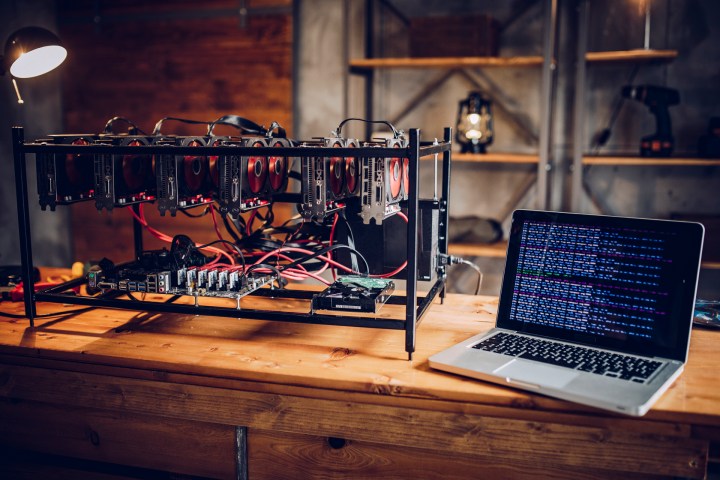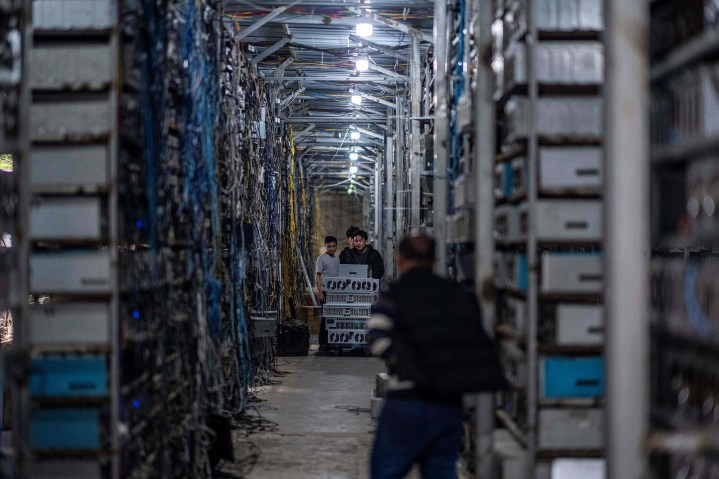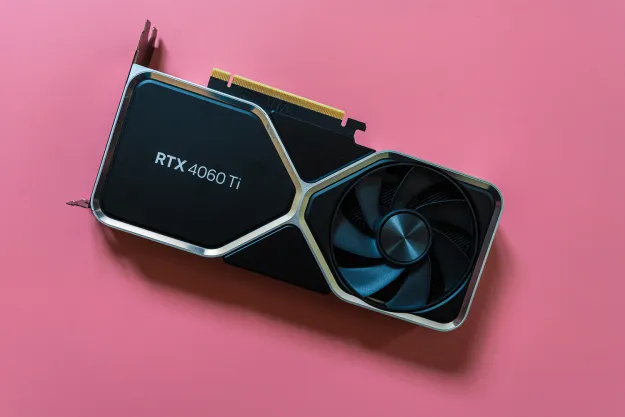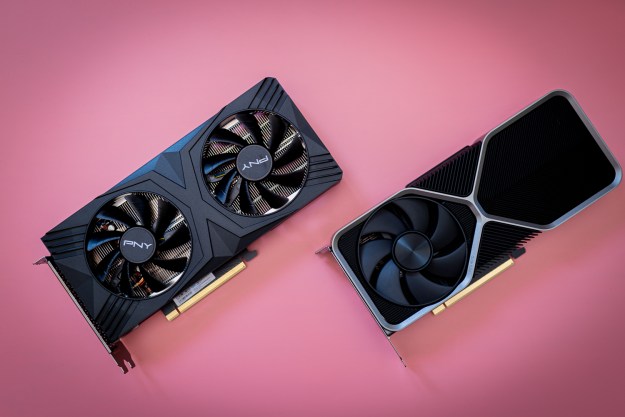It was recently confirmed that Nvidia’s crypto mining limiter for the majority of its RTX 30 cards has been fully unlocked. Now, the last two remaining boards that were stuck at 50% mining performance have now been cracked as well.
NiceHash, which introduced the 100% crypto mining tool for Nvidia GPUs, has revealed that it has managed to unlock 90% mining performance for LHRv3 (Light Hash Rate version 3) boards.

As reported by Tom’s Hardware, NiceHash has released the hash rate unlock for the RTX 3050 8GB and RTX 3080 12GB variants. The QuickMiner application will push said GPUs to 90% mining performance as opposed to the 100% Ethereum (ETH) mining unlocker it launched for the rest of the RTX 30-series lineup.
A reason was not provided as to why a full 100% unlock could not be achieved, but 90% is still a marked improvement from the official 50% cap Nvidia imposed for LHRv3-based models.
Other graphics cards that come with Light Hash Rate version 2, however, can deliver 100% mining power to crypto miners, including the GeForce RTX 3080 Ti.
Apart from the 90% unlock for LHRv3 GPUs, NiceHash QuickMiner version 0.5.4.2 RC features “major stability improvements” — you’ll need Nvidia driver version 512.15 or higher to run the program.
Tom’s Hardware highlights how Nvidia introduced LHR algorithms in February 2021 amid a market where crypto miners (due to the unprecedented cryptocurrency boom) depleted almost all of the existing stock for RTX 30 boards.
The RTX 3080, 3070, 3060 Ti, and 3060 boards in particular were launched with a LHRv2 mining limiter. As for the GeForce RTX 3050 8GB and RTX 3080 12GB models that hit the market during 2022, these video cards came with an updated, harder-to-crack LHRv3 algorithm.

Too little, too late?
Crypto miners were already generating substantial amounts of profit at the height of the crypto bubble in recent years by mining ETH on Nvidia GPUs. However, the cryptocurrency market was recently subjected to a massive crash, which saw some of the most stable, popular coins (including Bitcoin and Ethereum) being subjected to astronomical drops.
The current freefall of the crypto market has been at the forefront of technology and finance news stories as of late. The volatility of the space has seen crypto miners rethinking their approach for generating meaningful returns from their operations.
Many point toward the crypto crash of 2018, which rebounded in 2020 in spectacular fashion, as a reason why the crypto community shouldn’t be worried. Others assert that this crash will be the end of crypto currency as we know it.
Whatever the case may be, it’s not a particularly good time to be a crypto miner at the moment. Why? Tom’s Hardware pointed out the profitability of mining Ethereum, and it paints a bleak picture indeed: Mining on a card like the GeForce RTX 3080 Ti, even at 100%, would return around $3.50 every day.
In other words, you’d have to wait nearly a year to just cover the cost of the board, let alone make a profit. Who knows where the crypto market will be in a year’s time? As such, it’s a massive risk to invest into any RTX 30 board right now with the sole intention of mining ETH.
The situation may not affect mining farms as much as individual miners, though. These groups can make upwards of $60,000 in a single day by mining.
Finally, the crypto-mining community will inevitably be worried about the impending launch of ETH’s Proof of Stake, which will effectively disable the ability to mine the coin on Nvidia-powered boards.
Still, the aforementioned state of affairs has at least contributed to one positive piece of news — the GPU market is finally normalizing, leading to availability and prices returning to pre-pandemic levels across the board .
Editors' Recommendations
- Nvidia RTX 50-series graphics cards: news, release date, price, and more
- Nvidia just fixed a major issue with its GPUs
- Nvidia DLSS 3: explaining the AI-driven gaming tech
- Here’s why I’m glad Nvidia might kill its most powerful GPU
- Nvidia’s peace offering isn’t working




